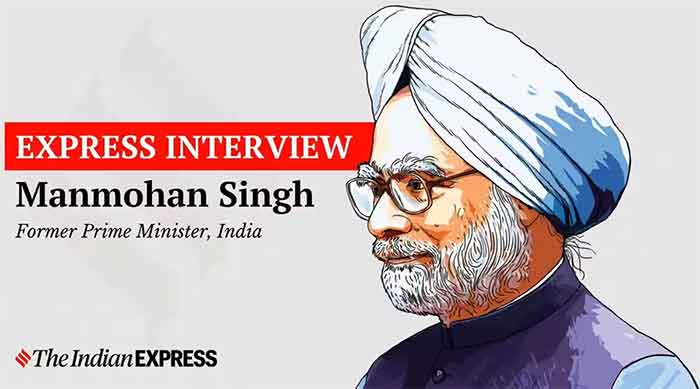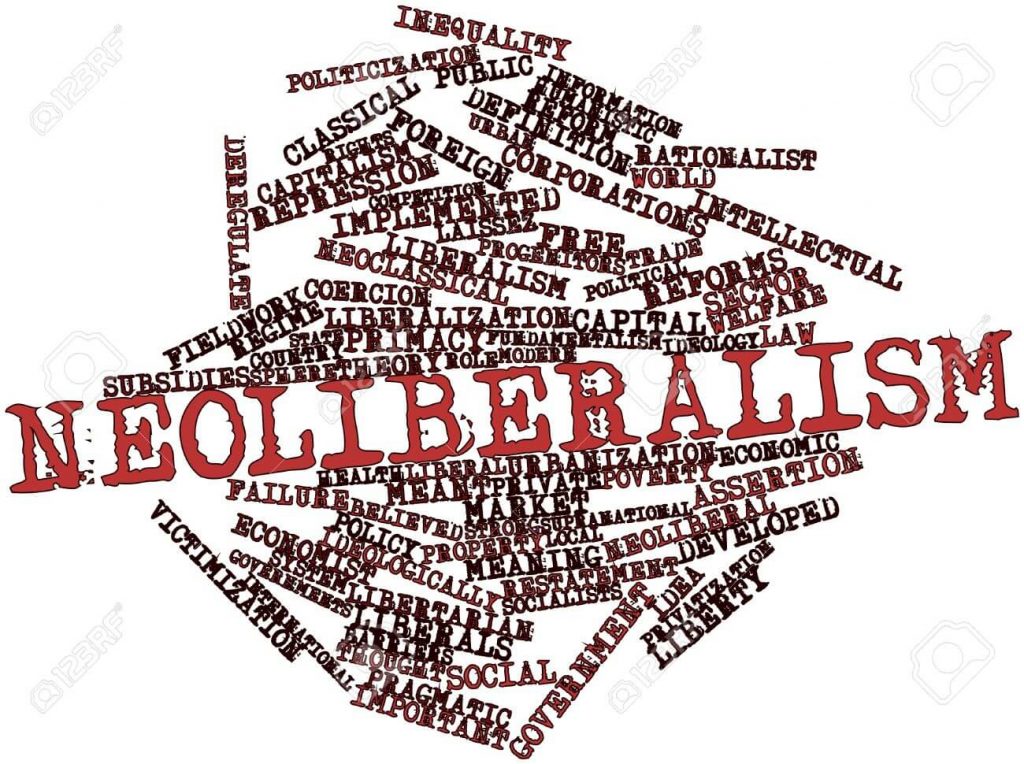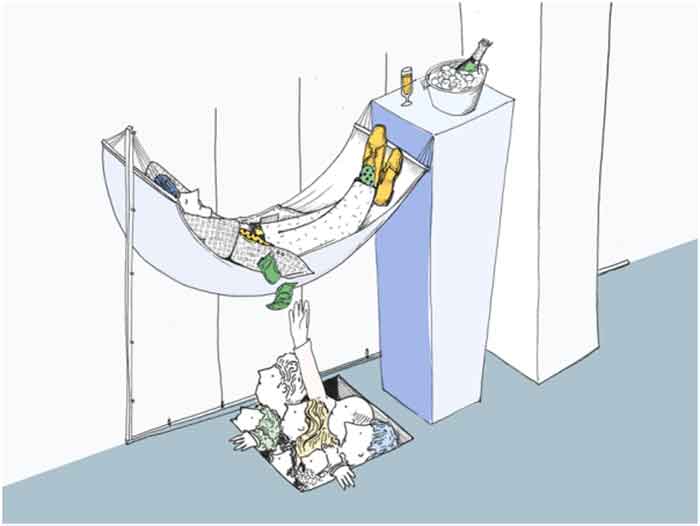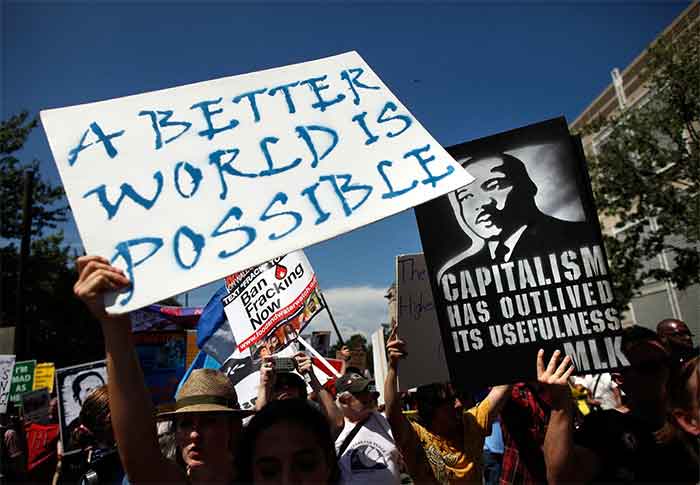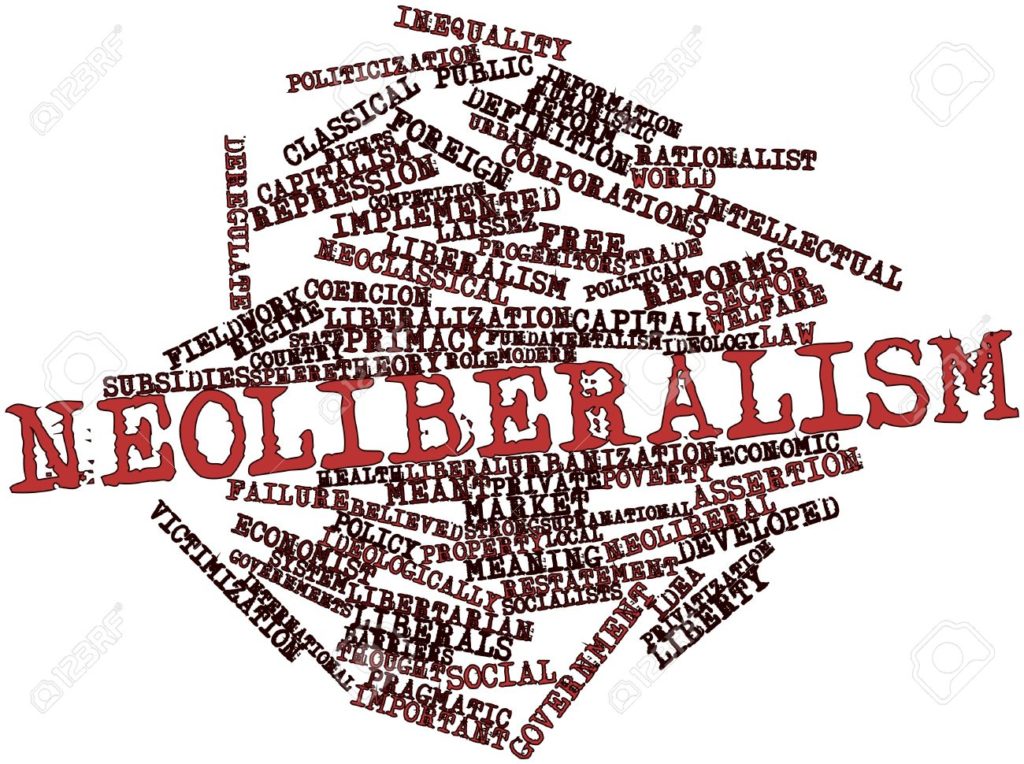
Late capitalism is all about cultural metamorphosis. The intriguing share of pie is the choices of adaptation, resuscitation or both in a 3rd world economy. The cultural envisage of neo liberalism has fleshy credits on the consumer patterns of the global south. Not being the birthplace of a good amount of these ideas, the cultural schizophrenia trapped in dual time periods in a western clock may lead to exacerbated class divide in the Indian demography, or its psychographic divide.
Neo liberalism has deterritorialized the world, amalgamating cultures all around the globe. It does not limit into an economic platform or goods of transaction, rather money driven media orchestrated by leaders, has trickled into the subconscious of the community having profound effect on its thought monologue. Begetting a generation with no alternate reality to capitalism, capitalism had little option not to address the elephant in the room, how to deepen the existing cultural invasion of neoliberalism. And it has been thriving to an accelerated degree. Late capitalism has conditioned the inherent view of the ambient world deep enough with logical fallacy to manifest the accredited development, the disintegration and regeneration of variant forms of community and social power structure and relations. Albeit its depths, the x-factor abetting neo-liberalism is its plasticity, bringing in a colossal dosage of desacralization of culture, subverting and improvising the socio-political mould of the system. This breakdown of the conscious ego accelerates the multiplicity and connects sundry cultural signifiers, steering the weakening of history, impeding to the present time. It disintegrates the individual identity from connecting his past and future to his present subconscious, consequently each individual experiencing time at varying pace. This cultural schizophrenia is relatively exponential in a 3rd world economy in comparison with the global north, as these neo-liberalist ideas, catalysed by the political economy of the ambient geographical location, curtails the degree of confusion for a community.
Evolving from post modern capitalism, capitalist realism does not exert a boom and bust cycle of economic convalesce, rather defy all the odds at a steady continuum of development into individual thought processes. Mark Fisher expounds this with ‘pre-corporation’, the pre-emptive shaping of incessant desires. Each act and thought of every human being in a capitalist realist world is enmeshed in it, with little or no escape from neo liberal thoughts. It has been under horde surveillance by the supreme authorities of markets. The metanarrative of the food we eat, the media we subscribe to and the fashion we aspire for is a result of this capitalist thought process. The way of life has a perpetual change with respect to the change in time, and is inevitable, but portrays a peculiar dimension of dual time period in it, a transitional phase in which a particular class of western influenced community unable to synthesize and locate into a singular time frame. When an individual exhibits this, it’s his liberty to assign the cultural aesthetics he/ she subscribes to. But the Indian urban middle class- upper-class multitude possesses this as a community trait.
India, a country with the apex of diversity has witnessed neo-liberalism at its extreme dispositions. The globalization led liberalisation in the Indian backdrop, creating an unmonitored investment of foreign deposits. This economy persuaded the fabrication of the latest and fastest growing class, the Indo Anglicans. The class began to appear in the late 90s in the blooming cities heavily influenced by the western culture and consumer patterns. Whilst the underlying criteria of a sound knowledge in English, the class has a spectrum of supplementary gauges, predominantly its commodity fetishes and religious identity they subscribe to. The community claims to be casteless despite the monumental presence of the upper caste Hindu population. The indo Anglicans cast a substantial population in the growth of the dual time period paradox and are unable to locate themselves in either of the one, leading to the consumer patterns enigmatic to policy making and implementation of possible market equity.
With the gigantic influence over the economy, catalysed by the recent pandemic of COVID-19, this gulf and its consumer patterns may lead to exacerbate the class divide and inequality in the socio-political locations of India. The subscription to media, primarily the print media, the digital and social media and the entertainment media is about to reconstruct its shape with the inclusion of amalgamating divergent cultures. The print media is gradually losing its grip and will be eventually taken over by the social and digital media, considering its convenience and adaptability. Even with the accessibility to consider, the social media and the entertainment media had largesse of varied content created over the decade. This has allocated dedicated classes of content for each social stratum to subscribe to. Albeit the notion of awareness, the mainstream content, exceptionally cinema has normalised this inequality and criminalises poverty. With the pandemic, the theatre dilutes into personalized cinema experiences. With Netflix and Amazon prime being the mammoth stakeholders of the cinema from home, it won’t take long for the Indian counterparts, possibly feasible and more accessible to hit the markets. When Indian mainstream media had been hitherto casteist and islamophobic, the upcoming cinemas moulds to a classist narrative serving the upper class.
The consumer pattern of fashion has considerably varied with the introduction of fast fashion brands like H&M, Roadster and Zara which alienates the labour from the product and process from the conscious reality of the consumer. An inherently exploitative exercise of repetitive labour detaches the labourers from their conscious self, and from the community. While sustainable counterparts including Fabindia, Chumpak, Quirk Box, Pure Earth and many more to add are comparatively expensive and are unable to form quotidian workplace apparel. Moreover, these brands constitute the religious garms for many of the indo Anglican families as they do not indulge in hardcore activities. Restaurants and eat outs sell customers the nostalgia or the reminiscences of his childhood. Chattichoru and Kizhi Porrotta are hits from Kerala. Vegetarianism is another trait blooming in the urban upper class- middle class population. Although an inherently brahminical attribute, the urban population takes it on the moral consciousness. This population possesses a fetish to organic foods and cosmetic products. Raw Pressery, Soul Store, Epigamia, Forest Essentials, Vanity Wagon are giving their best to generate a market space and have succeeded with exponential growth rates. This commodity fetishism gravitates on the weakening of history. Life is restrained to the present and often causes loss of sense of identity as the community bond weakens and the only source of identity is relied on the individual’s career. An incessant urge to build professional life often ends up in mental distress, an increased rate of depression and instability.
This transitional phase of weakening of history is the core reason behind the paradoxical dual time period trap. The urban multitude phases a psychographic dilemma in identifying their needs, economically and aesthetically. With the blooming power and population share, they indeed frame a large share of the neoliberal market. As the economy tends to remould itself with the customer preferences, eventually it defines economical class and their cultural lifestyle: the food they eat, the media they subscribe to, the appeal they choose or the language they speak. With the neoliberal market favouring this blend of adaptation and resuscitation of cultural signifiers, the rift in the way of life and their economic disparity between classes escalates. The economy and lifestyle moulds and remoulds each other in a complex formula, and capitalist realism sustaining on it. Another aspect of this divide is from the power relations between the commodity, labour and the producer. With each step closer to automation, the labour loses his control over the commodity, constituting a negative correlation with the producer. As a population with the symptoms of community disintegration, mental distress, and an incessant surge in the social divide and economical inequalities, the global south redeems not just for diagnosis blaming on neoliberals, but a pragmatic cure is quintessential.
G Pridhvi Kanth is a Social Science graduate from TISS. He is broadly interested in neoliberalism, mass media and gender studies. E-mail Id: [email protected]
SIGN UP FOR COUNTERCURRENTS DAILY NEWSLETTER

